Philips Project Breathe
Collaborating with Nurie Jeong, Lauren Miller, and Chengcheng Zhao, on assignment with Philips, we created a service, Breezely, to help children (4-10 years) with asthma transition from parental- to self-management in their asthma care.
Read our week-by-week design documentation on Medium.
Role
UI/UX and Visual
Client
Philips
Location
Pittsburgh, PA
Duration
2 months
Problem Statement
Every 1 in 10 children in the United States has asthma, yet the diagnosis and treatment process presents difficulty across the board. Our team scoped down the project to bridge the communication gap between doctors, parents, and children of 4-6 year olds with asthma. Communication between doctors and patients under 5 years of age is difficult because doctors have to use a secondary method of communication where parents relay information of their child to doctors and doctors have to go through parents to reach a child.
Secondary Research
We started our process by brainstorming widely on all of the possible opportunities we could image within the asthma space. Our secondary research led us fairly early on to explore the asthma diagnosis and management plan development process.
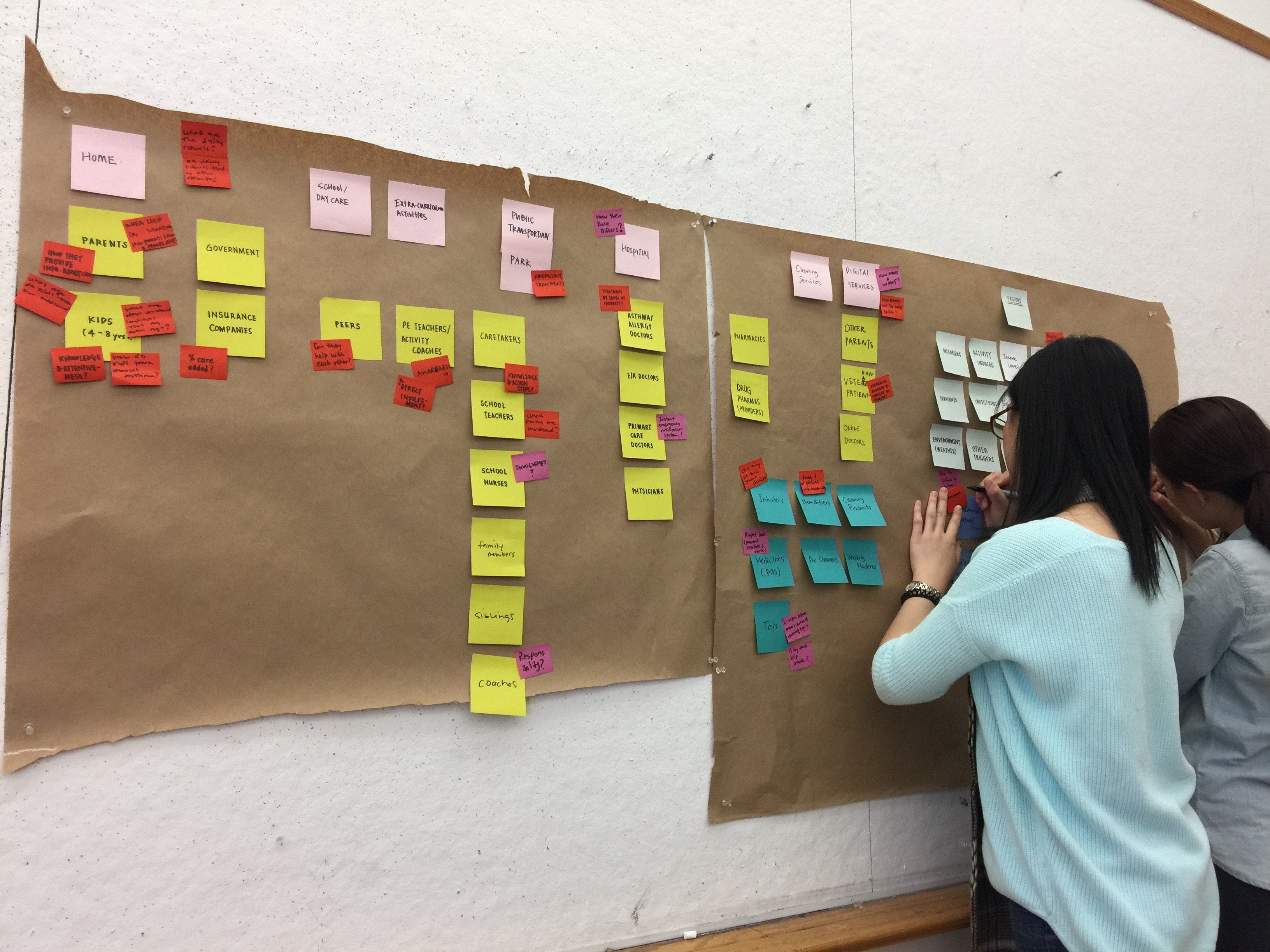
Diagramming Customer Journey and Value Flow
On this hunch, we mapped out a customer journey map through the diagnosis process and created a related value flow diagram between stakeholders. These exercises highlighted that there were some really interesting information exchanges taking place during the diagnosis process, with doctors, parents and children at the core, and so we decided to dig in further.
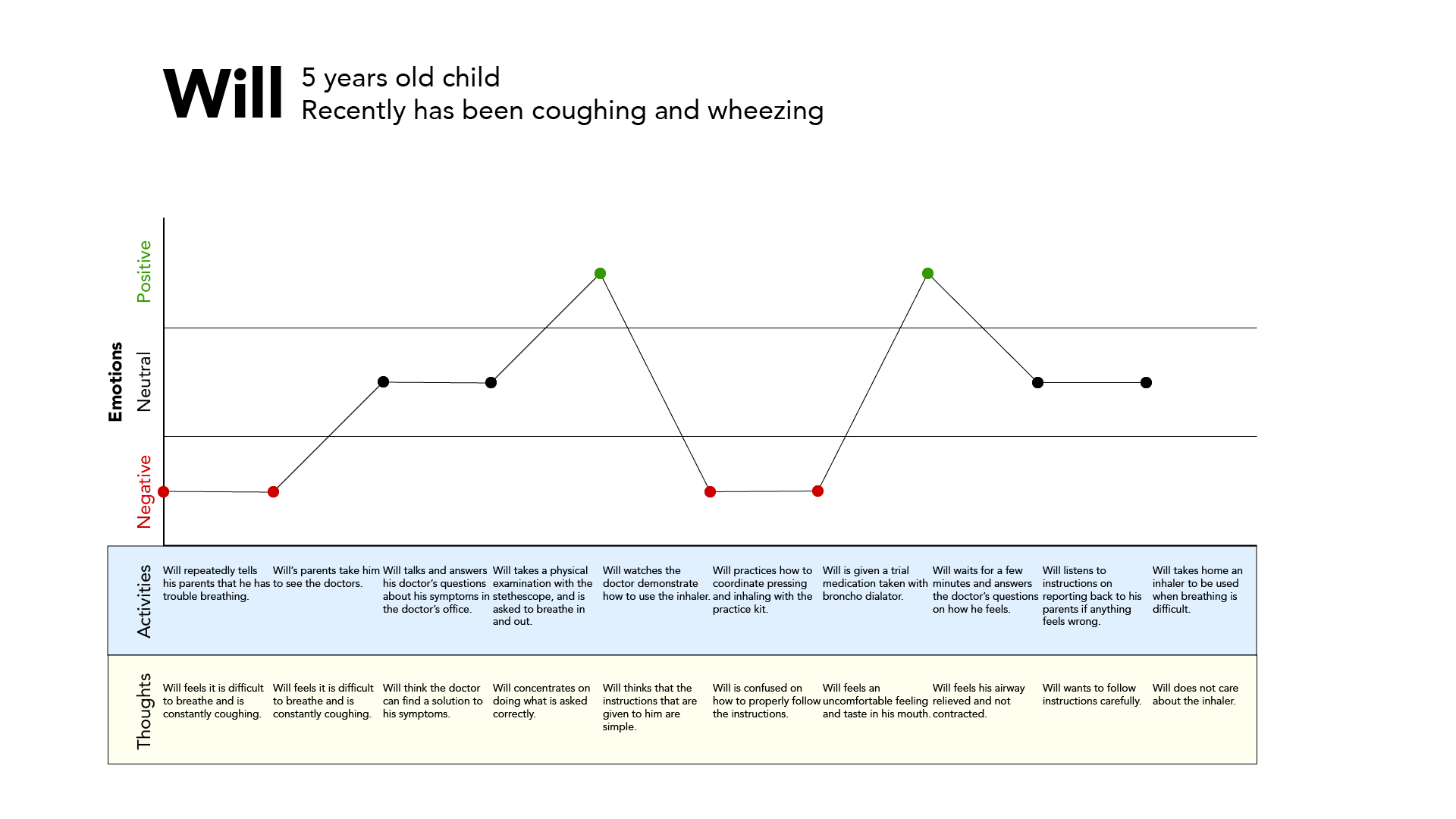
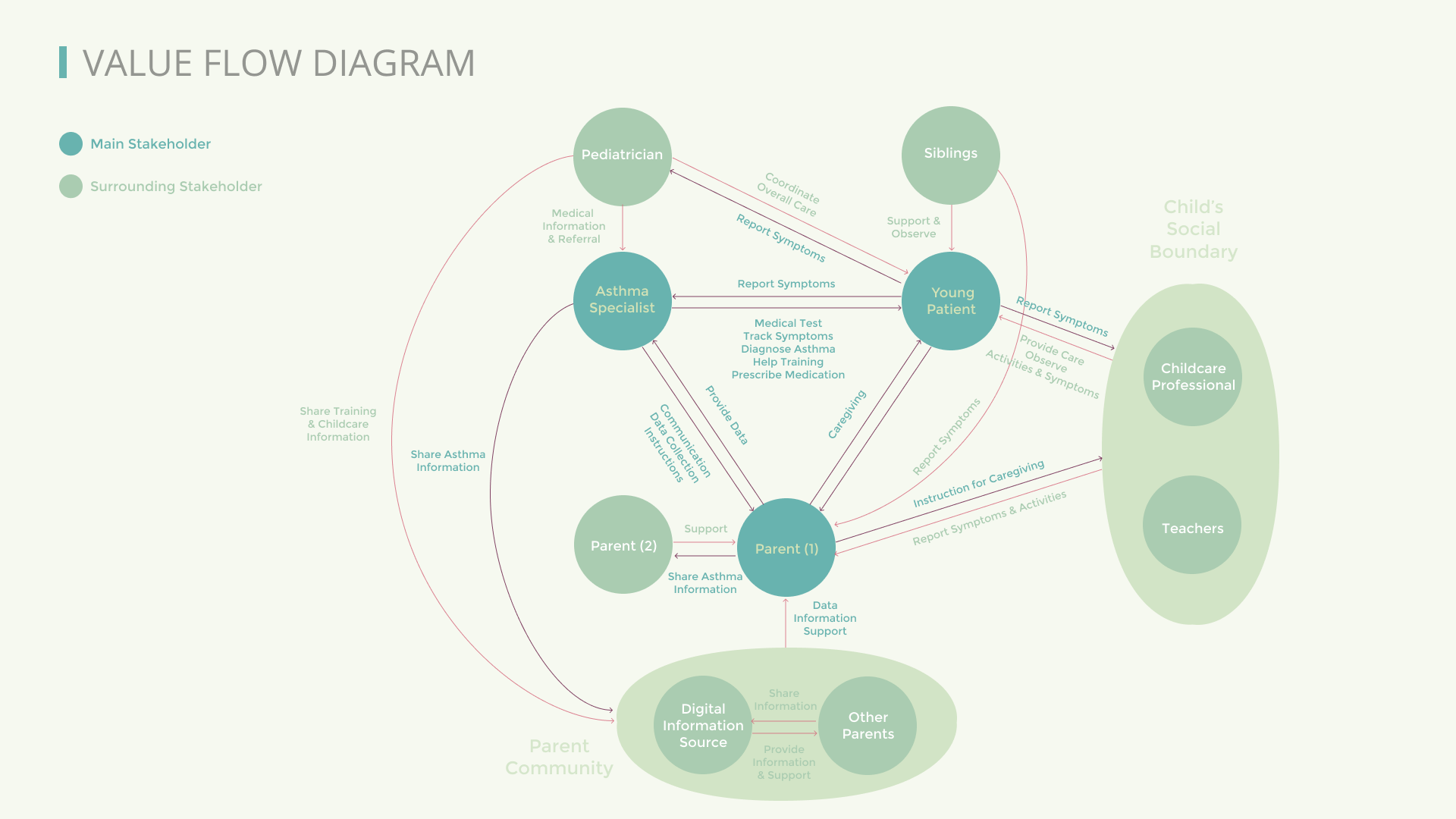
Interviewing Doctors and Patients
We then reached out to physicians to better understand the diagnosis process, what challenges they experienced, and the types of information they were most interested in. We got access to three different perspectives: a primary care doctor, a specialist pulmonologist, and an emergency room doctor. From these conversations, we learned there were:
- Difficulties in accurate symptoms reporting. It was difficult for physicians to get an accurate report of symptoms over time. This made it hard to establish the real level of severity of a case and created an effective management plan.
- Challenges with medication regimens compliance. Asthma can be managed, but all of the doctors reported that non-compliance with medication regimens was their biggest challenge in managing asthma.
- Uncertainty if medication was taken properly. Even when patients do take their meds, it is impossible to know if they are doing it properly. Inhalers can be tricky to take, and if you don’t take it properly, the medicine will not do any good. This all makes it hard for a doctor to know if an asthma case is just not being managed properly, or if it is truly out of control within the current management plan.
- Lack of access to patient history. There is virtually no communication between doctors. If you have a chance visit to the ER, those doctors most likely do not have access to any of your patient history. So each time they have to start from square one.
We also spoke with parents of 4-6 year olds to better understand what a day in the life of these kids is like. Not surprisingly, we heard that life is pretty hectic and kids are unpredictable. One day a child may love taking their nebulizer and the next they throw a tantrum. However, 4-6 years can understand more than you think.
- Explanations quell anxiety. Explaining to kids what to expect from a new situation or the sequence of upcoming events can help quell anxiety in situations like the doctor’s office or taking a bath.
- Kids are excited to track progress. Additionally, kids are really excited about tracking their progress over time, whether it is a homework chart about practicing the piano or a board at school that color codes their behavior in green, yellow, or red throughout the day.
Visioning
With this information, we began exploring concepts. We mapped out scenarios and brainstormed contexts in which our service could exist. We were fairly set using a storybook as part of the service, but spent a lot of time exploring when the story should be introduced and used. How could the story be interactive and collect data over time? We thought about things like an asthma box, with an asthma report card, that children could take to school. We eventually settled on using a nightly journal, tied to the asthma storybook, to collect information about symptoms.
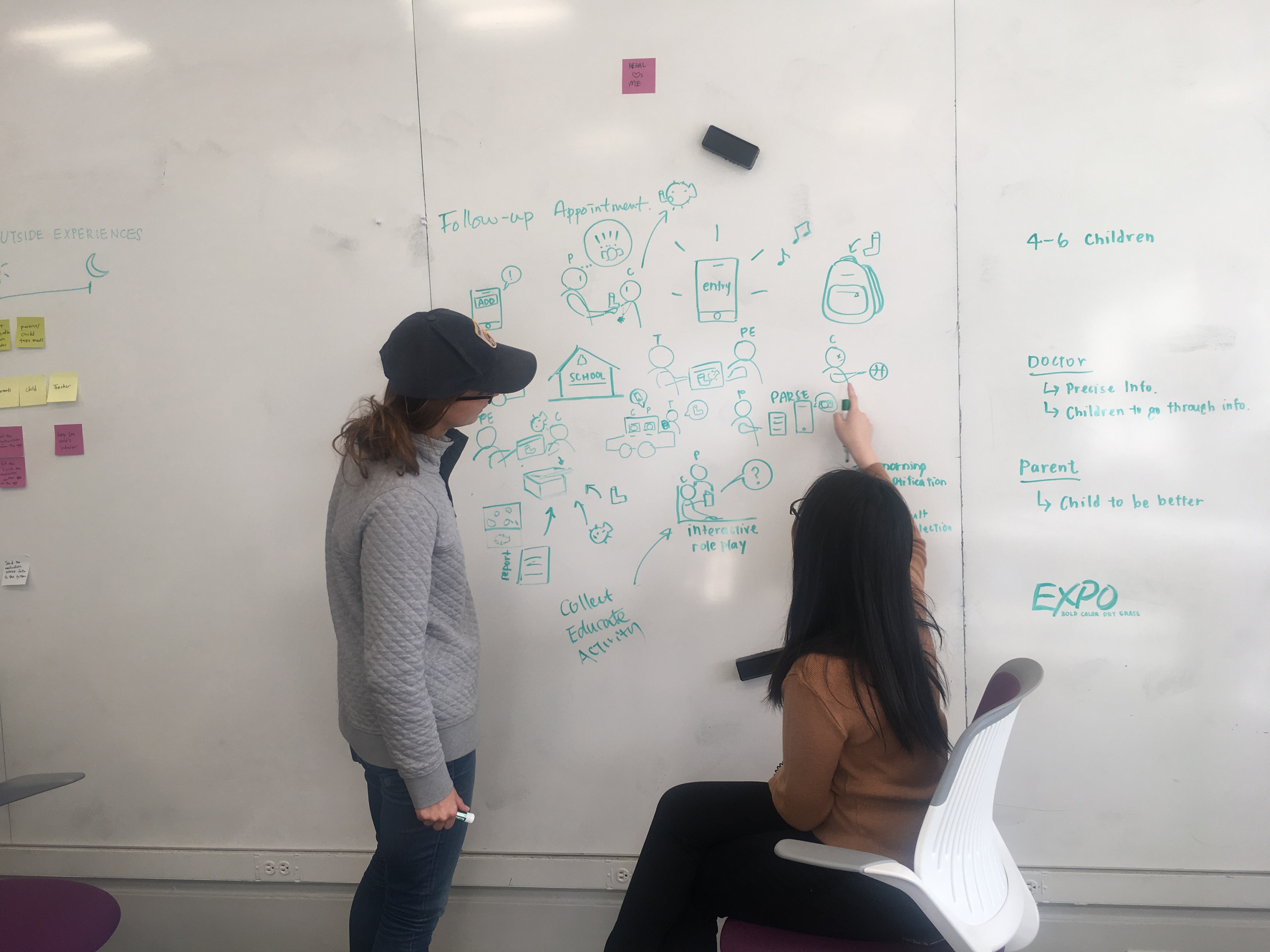
Experimenting with Kids
However, we had questions about how well 4-6 year olds would be about accurately reporting information from their day. What is their sense of time like? How wild is that imagination? We could not get access to kids with asthma, but realized that tooth brushing could be analogous to taking daily medications and used to check recall of events. So, we designed a sticker and coloring activity to ask kids about their day and brushing their teeth as a service experiment, which we conducted on the playground at Frick Park, Pittsburgh.
We were pleasantly surprised by how excited kids were to complete this activity. We learned some interesting things about kids:
- They really love telling you about their day.
- Their sense of time can be really warped, but, when prompted, they can effectively recall a sequence of activity.
- The activity was most effective when done in collaboration with a parent.
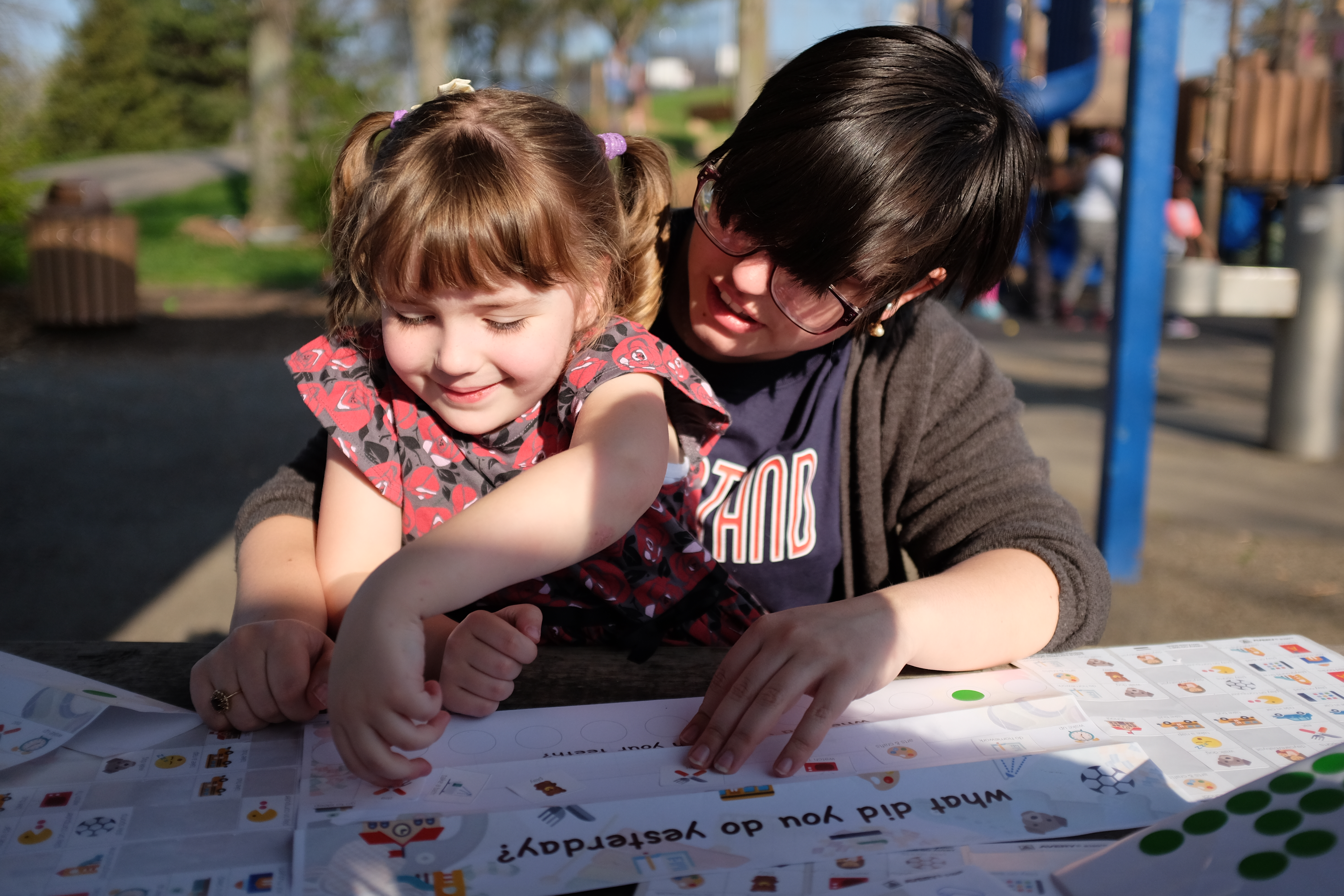
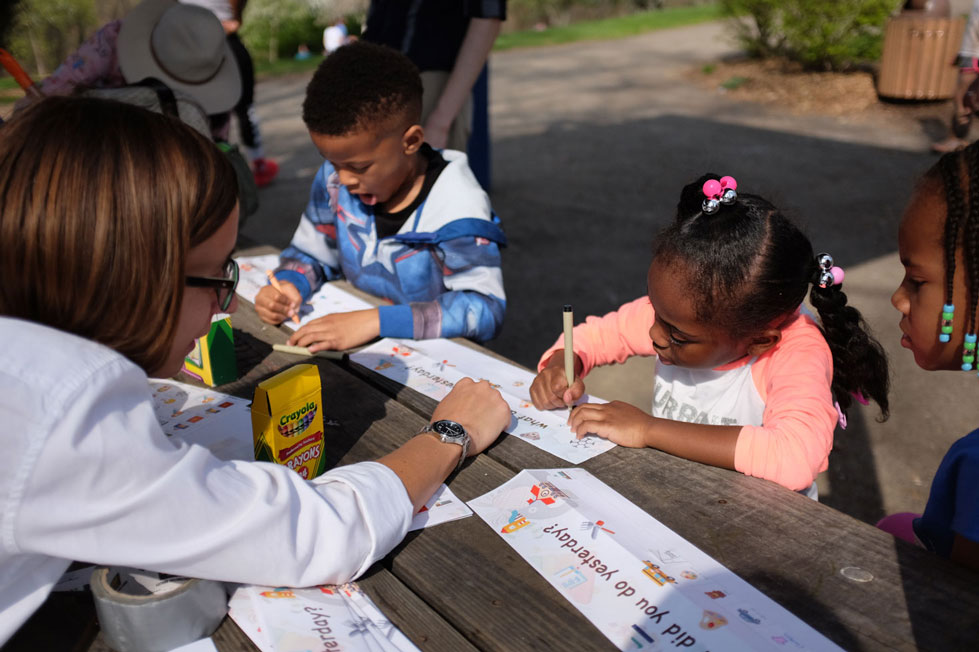
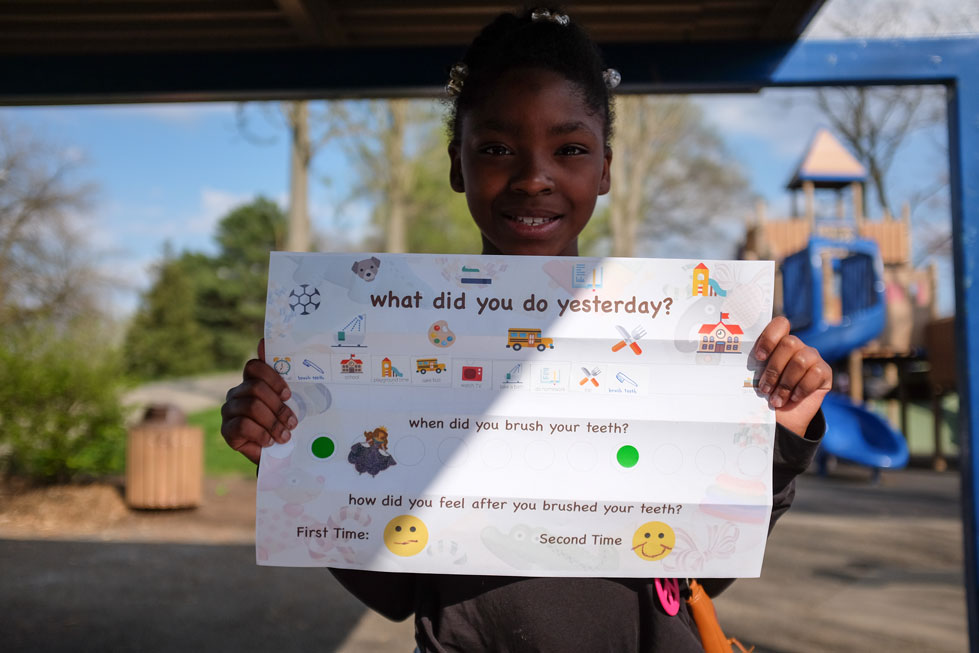
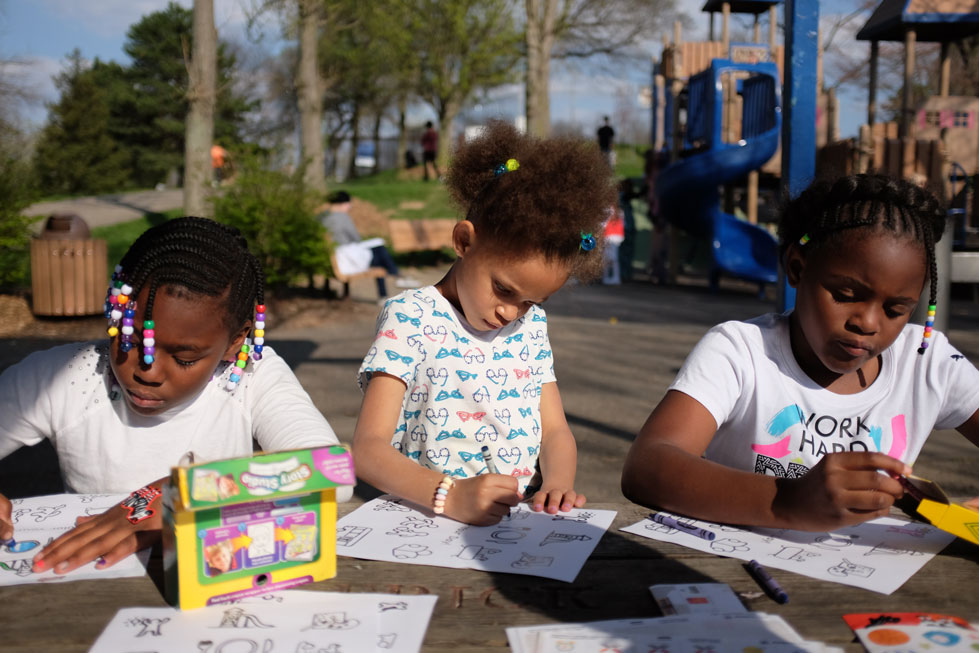
Iterating on Prototypes
Given this feedback, we went back to the drawing board to refine our approach. We decided educating, tracking, and calming were the actions we wanted our service to achieve, and the storybook and app rose up as the most natural touch points to develop. From there, we made paper prototypes of our touch points and then body stormed with each other the possible interactions with those touch points, ultimately arriving with the service, Breezely.
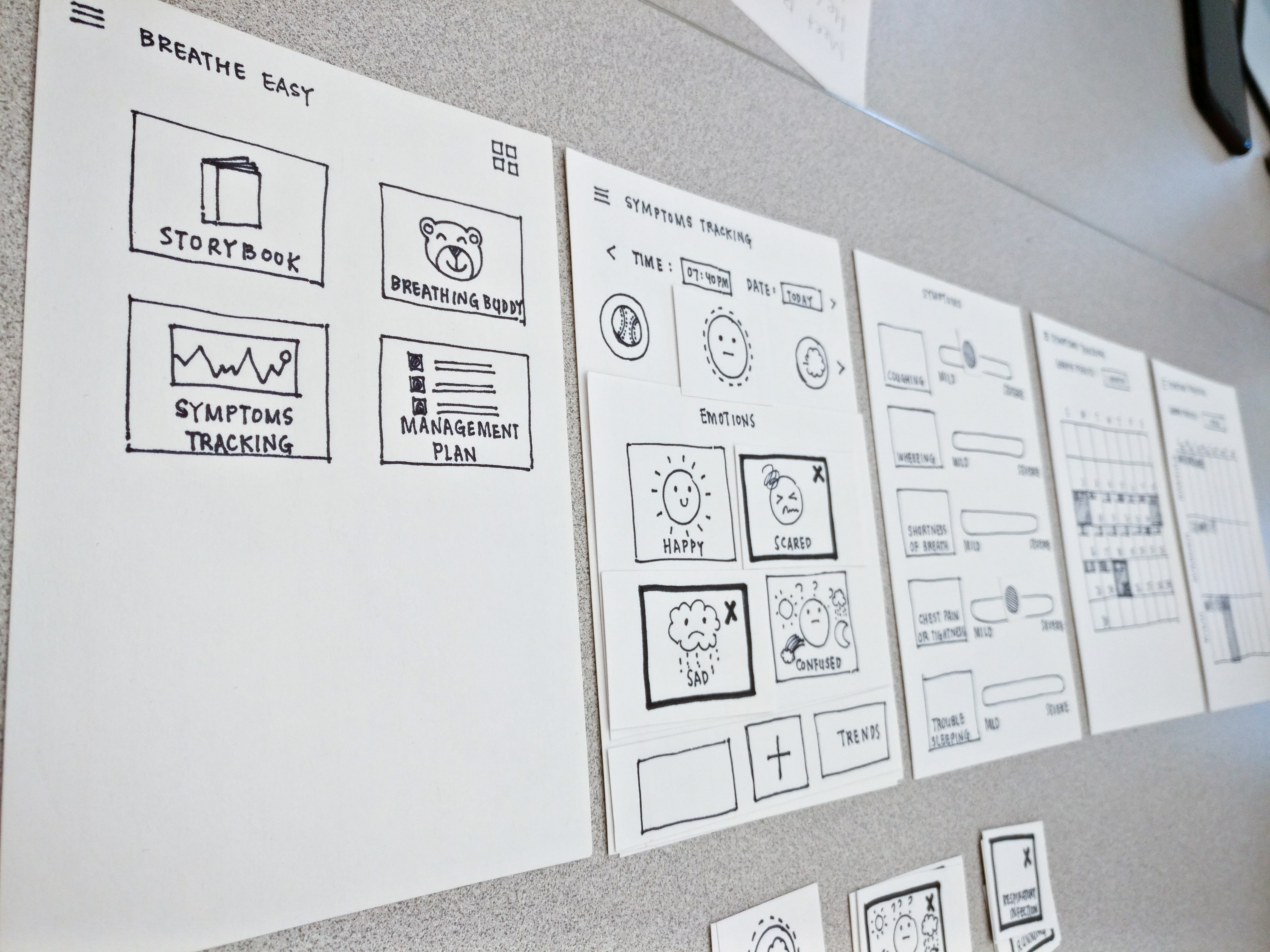
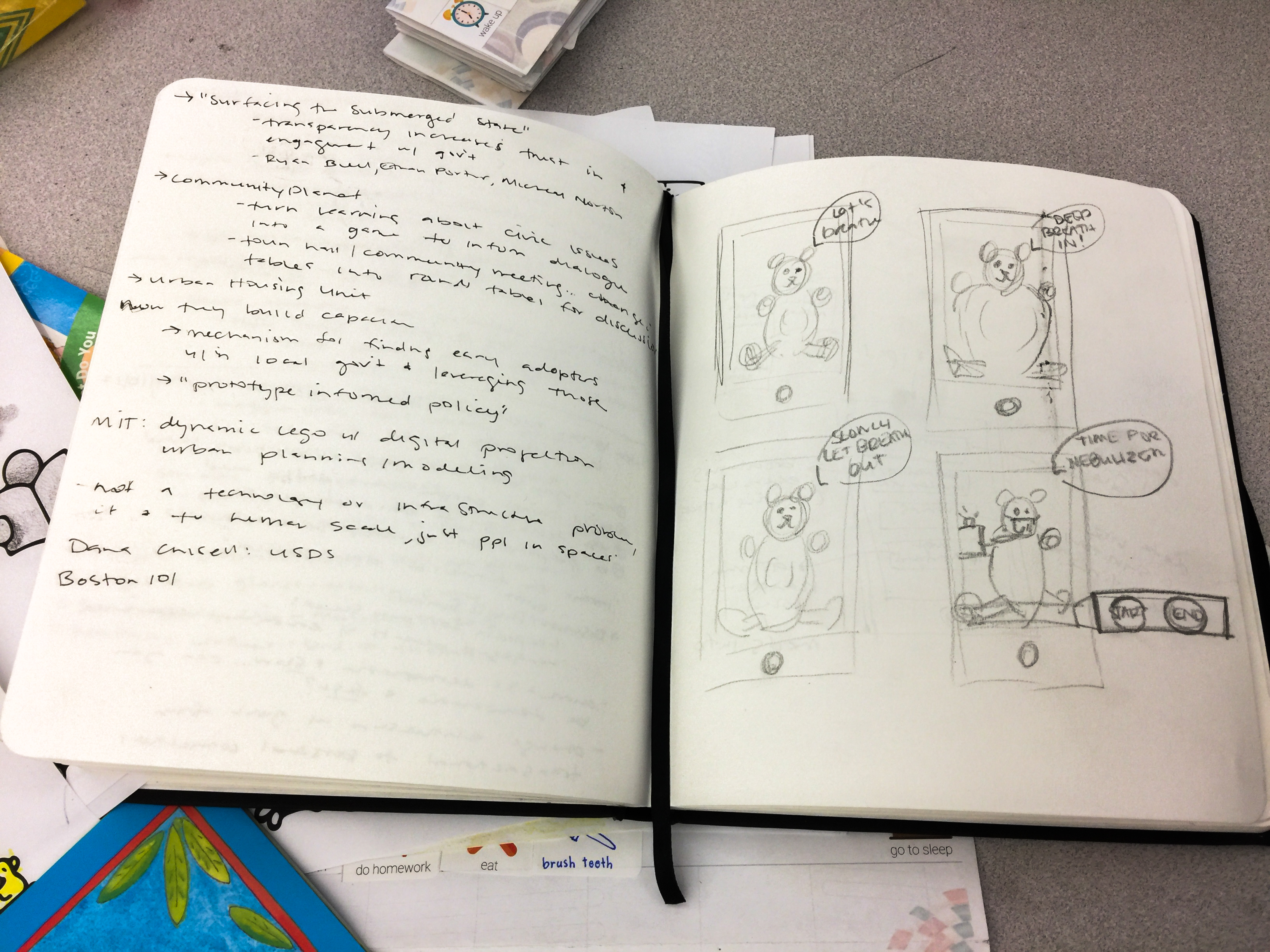
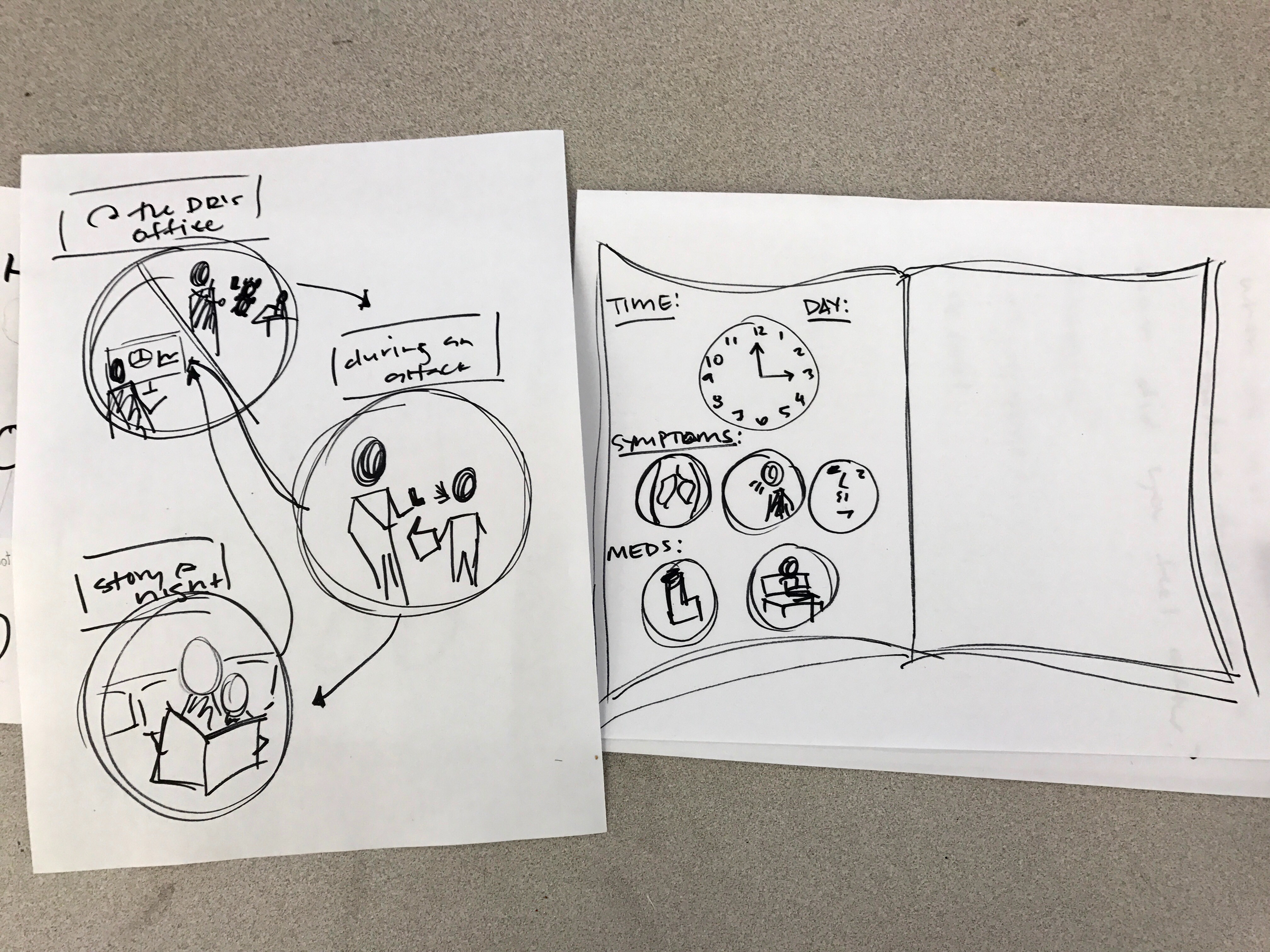
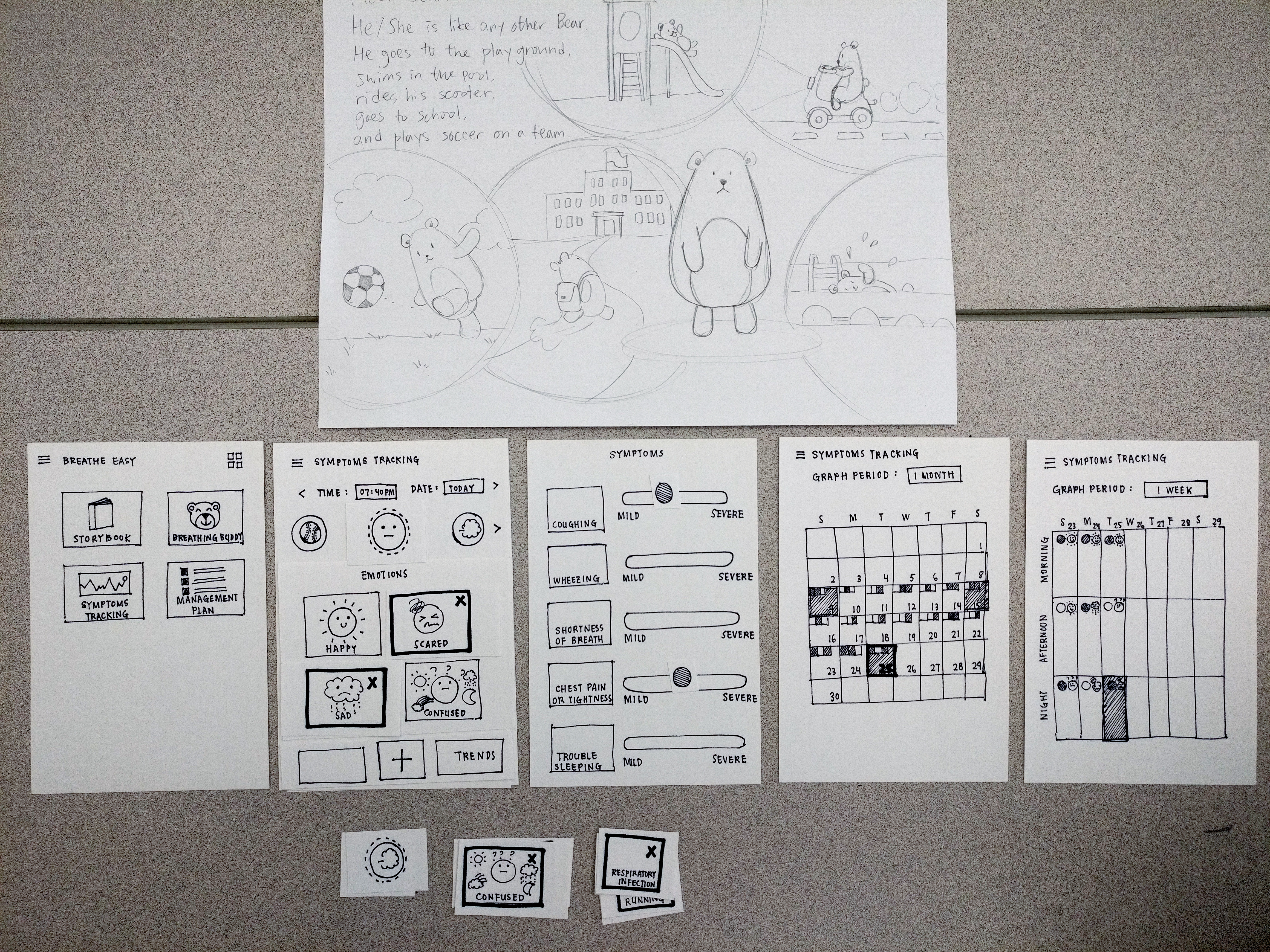
Product Features
Introduces by storybook. Breezely first introduces asthma diagnosis to kids and families in the doctor’s office using a storybook. The story includes educational elements, such as how to properly take an inhaler, which is useful for parents and children alike.
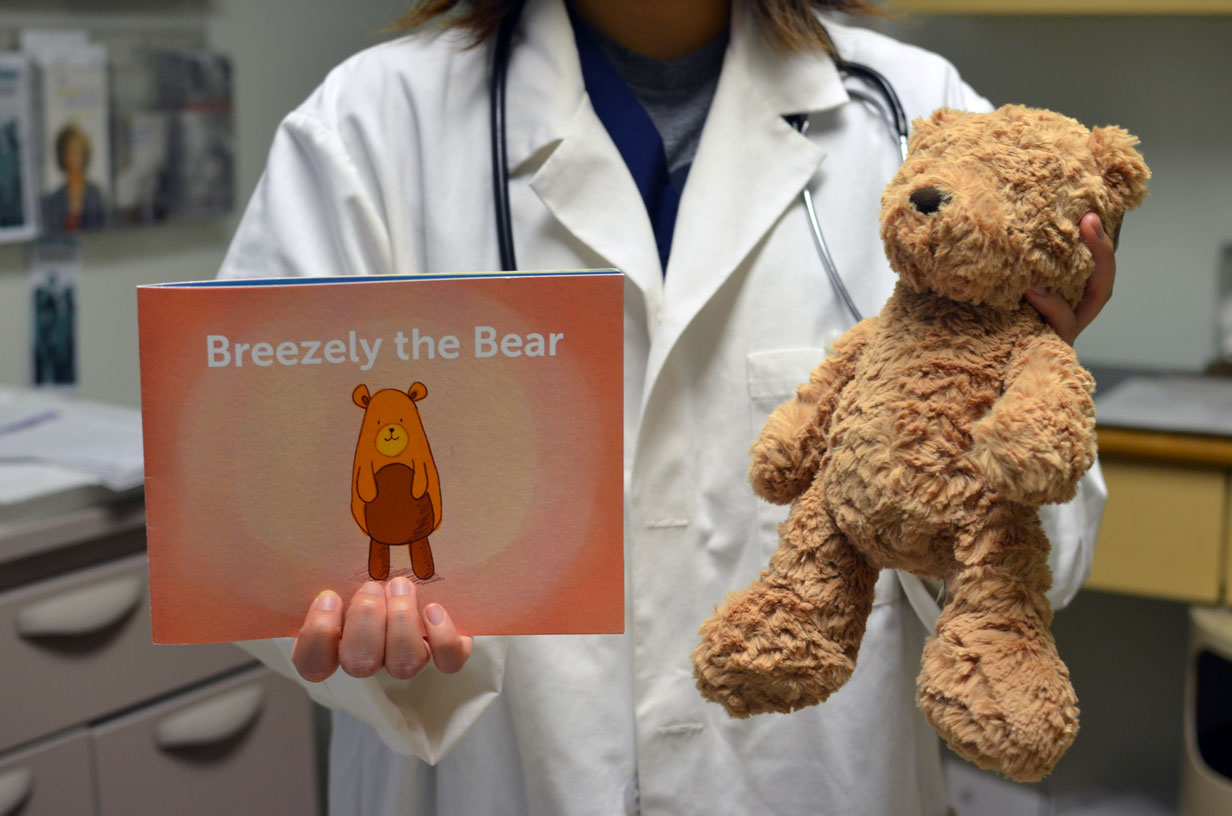
Tracks daily symptoms and medication. It uses the character from the story to help track symptoms and medication compliance in the nightly interactive journal app.
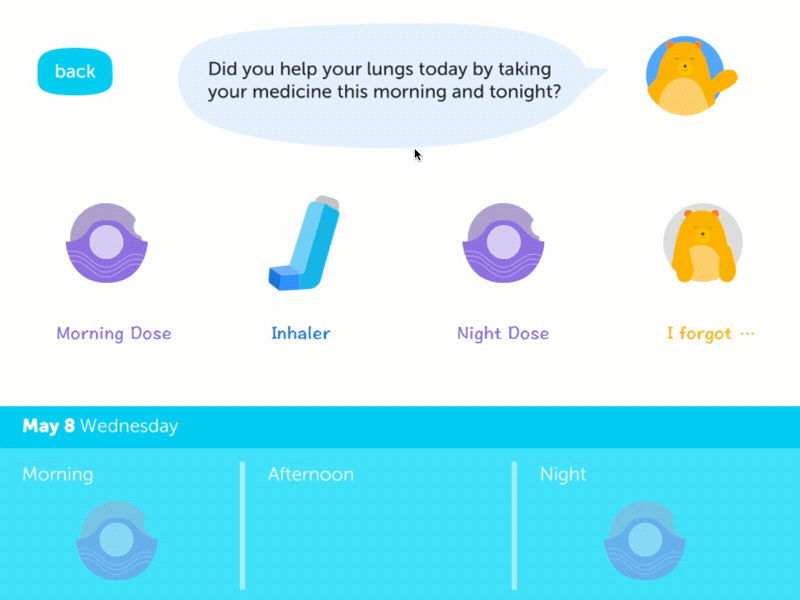
Supports emotions even during attacks. This is complimented by a Breathing Buddy, an app that supports kids during an asthma attack through a visualization of a bear taking calming breathes and using his inhaler.
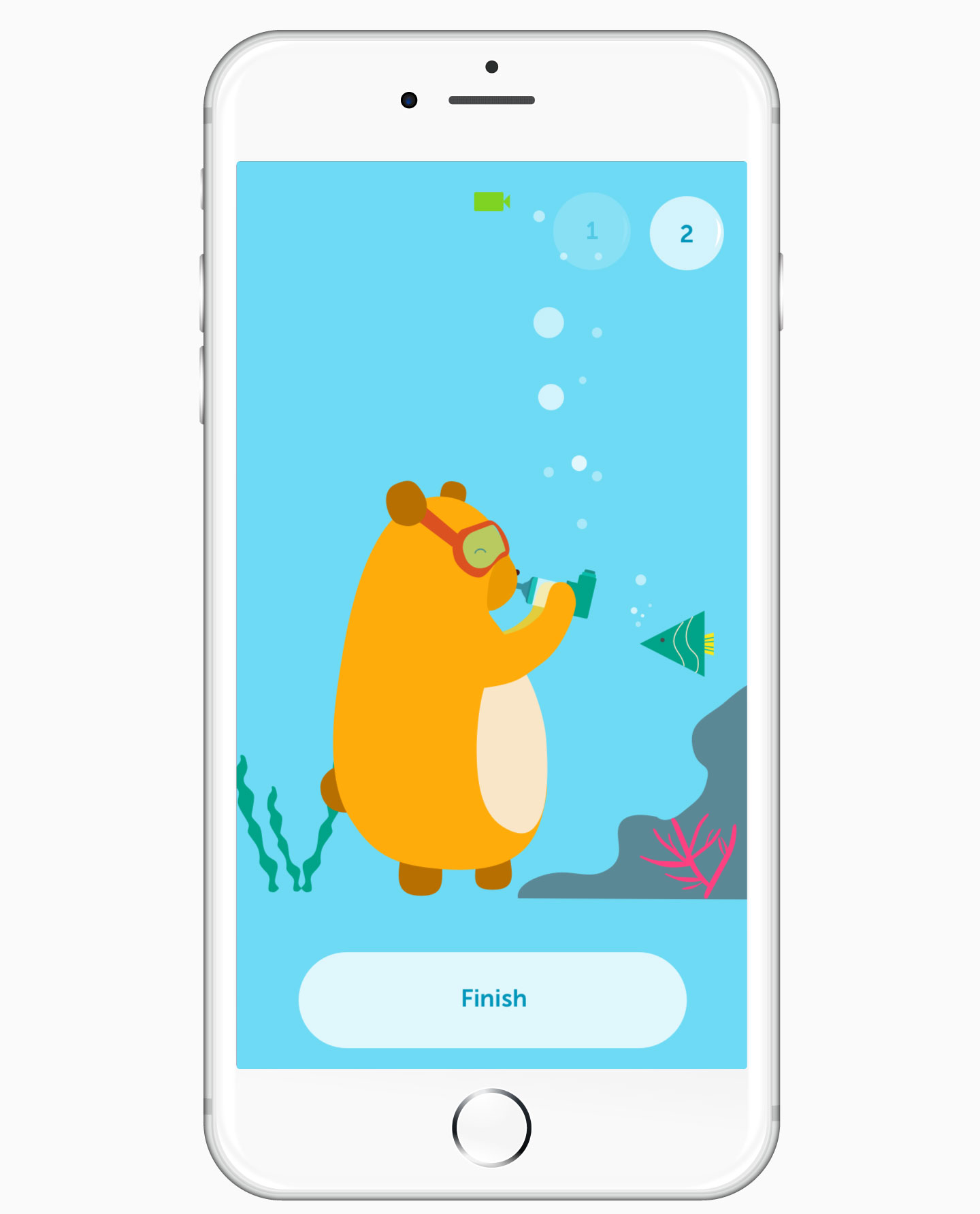
Informs visually. The data collected through the nightly journal and Breathing Buddy is then aggregated and visualized within the app to help inform physicians treatment plans, whether they are in a primary care setting, the ER, or a specialist's office.
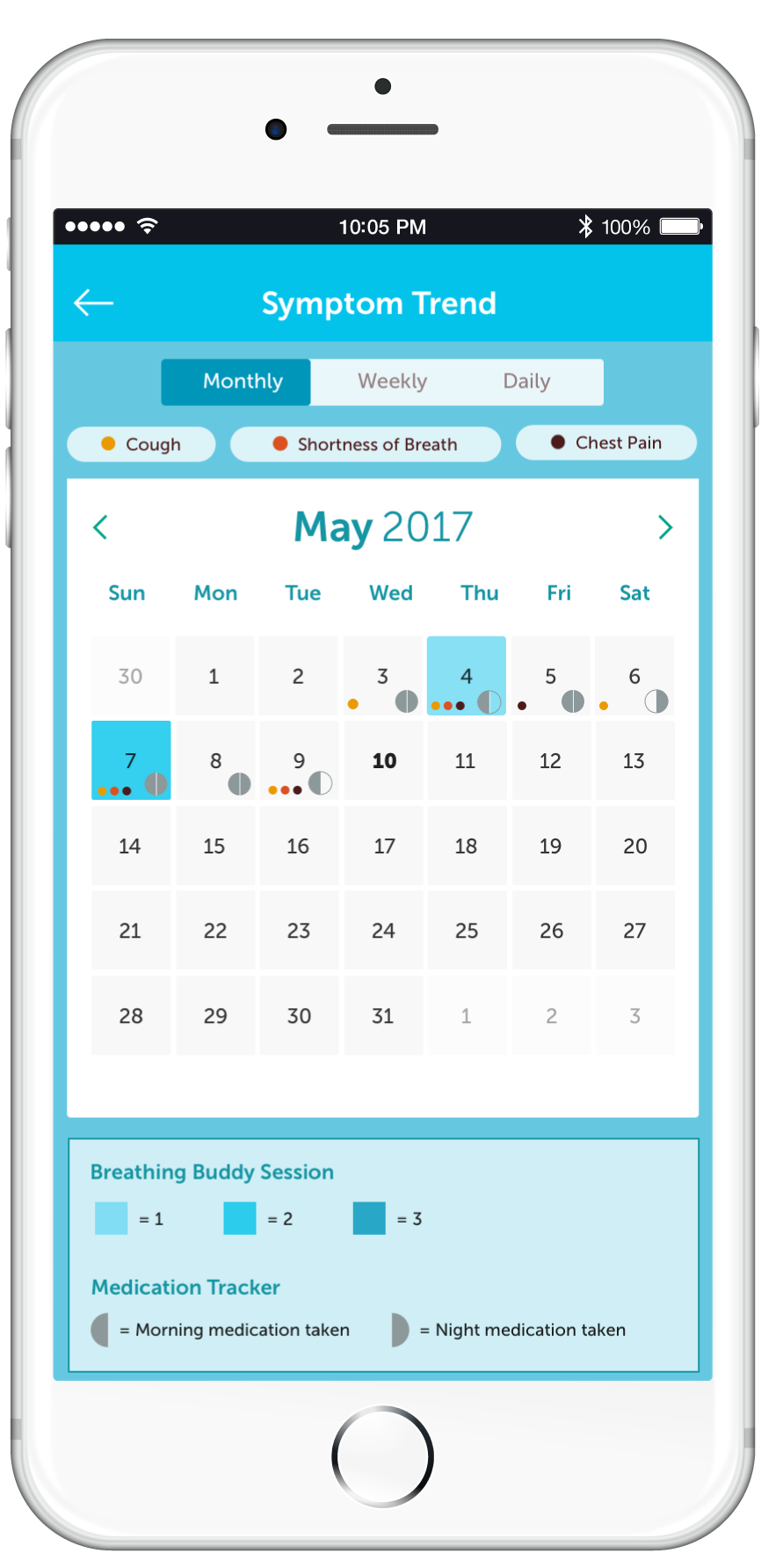
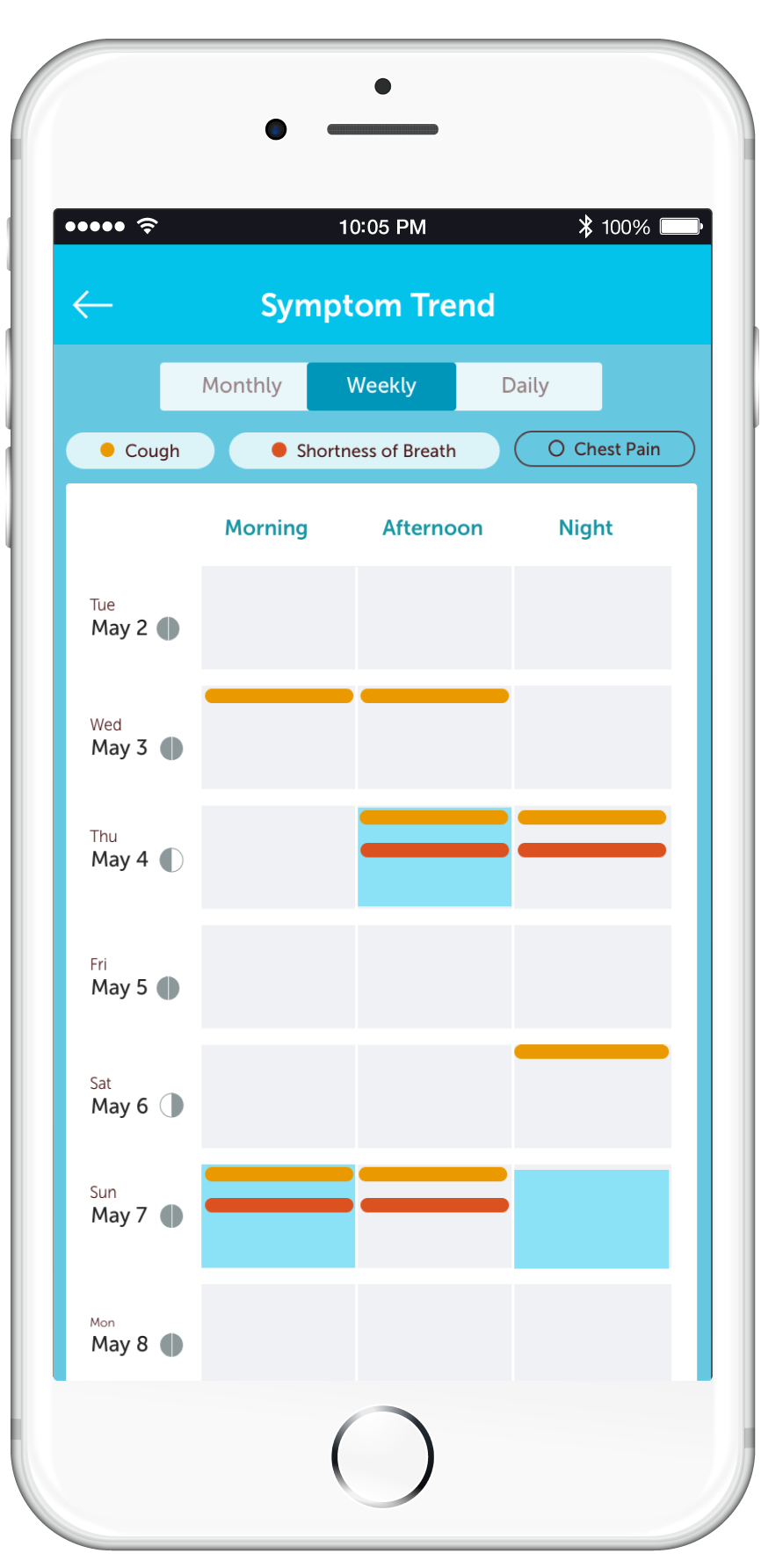
Project Reflection
Through this project, one of the biggest challenges I faced was shifting mindsets from thinking about product ecosystems to service concepts. With so many directions we could have taken, it was difficult to further scope down the project and follow through a direction quickly. Constant conversations to align our focus on priority communication problems among doctors, parents, and patients proved to help us balance the needs and constraints of numerous stakeholders.
While intimidating at first, it was fun to work with kids. They are open to share experiences and present a completely different perspective. We discovered the value and the incredible insights “backdoor” research methods may offer. To compensate for not having access to parents of children with asthma, we read reviews left by parents on asthma storybooks on Amazon. Finally, I find that the healthcare space has many opportunities for improvement and is a perfect context for service design.
Works
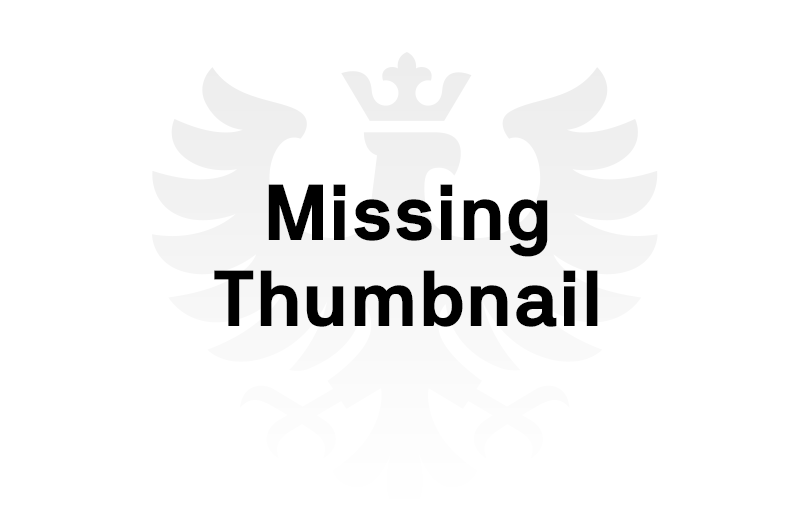
NimbleRx | App home and navigation 🗝App interaction design
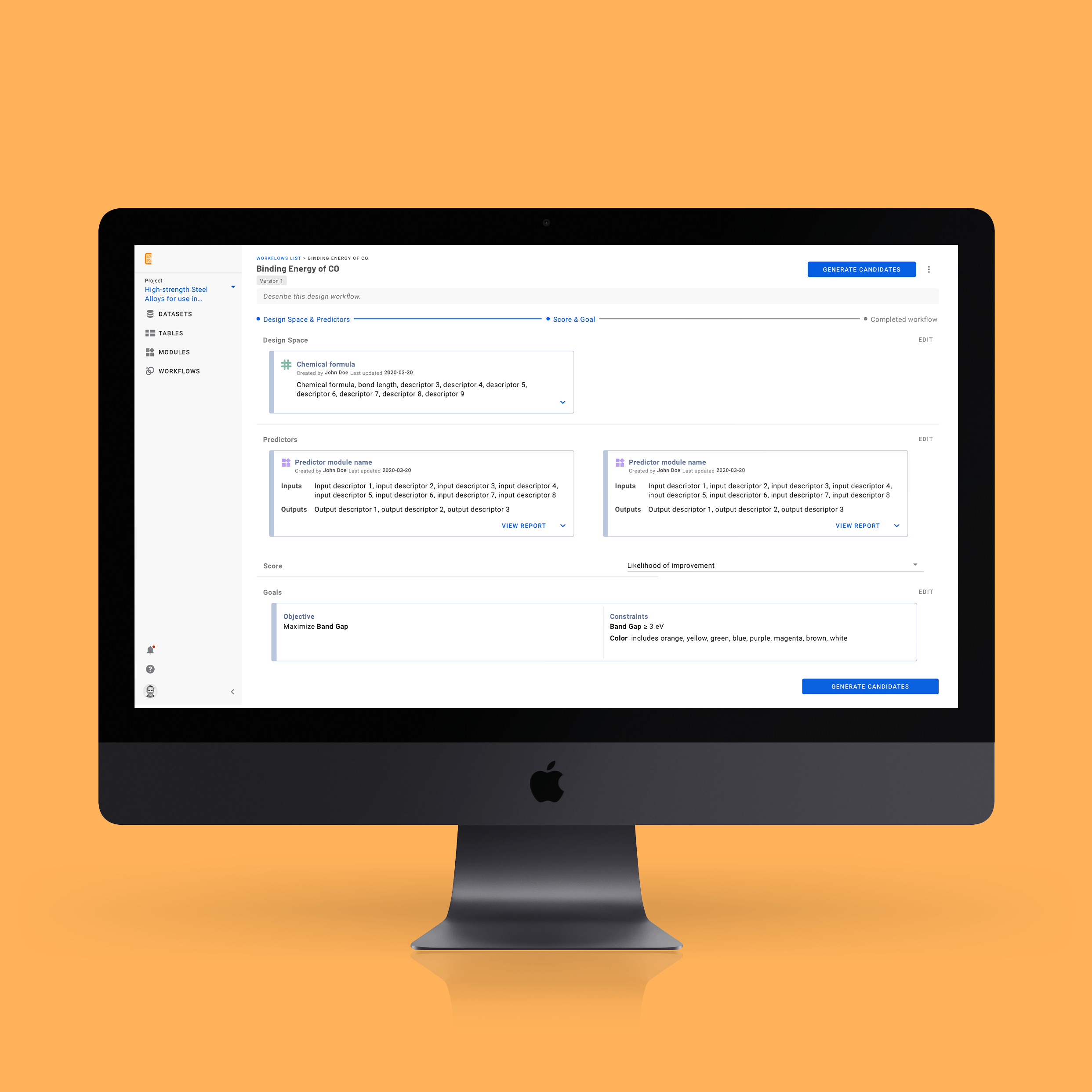
Citrine Informatics | ML workflows 🗝Web platform design
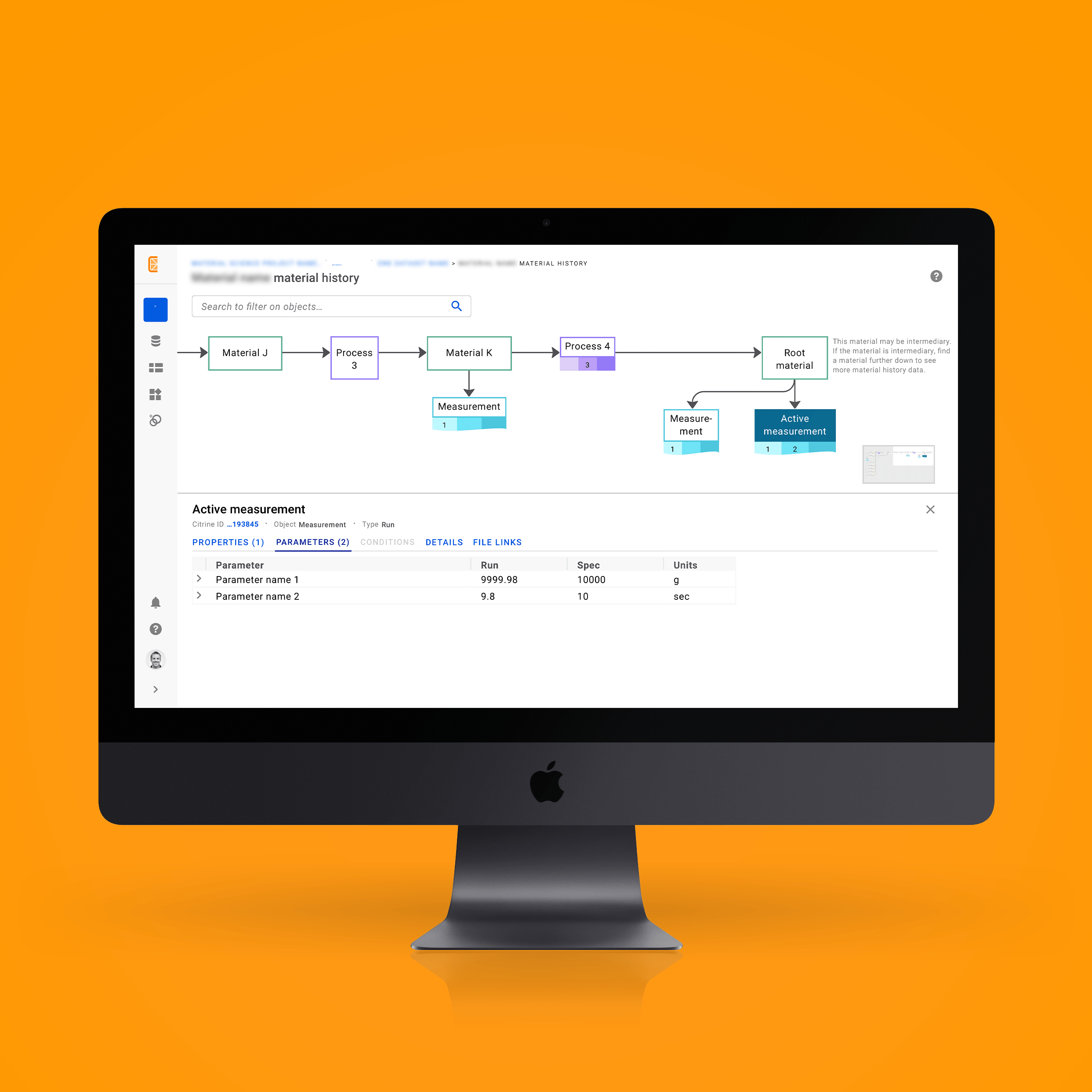
Citrine Informatics | Material history 🗝Web platform design
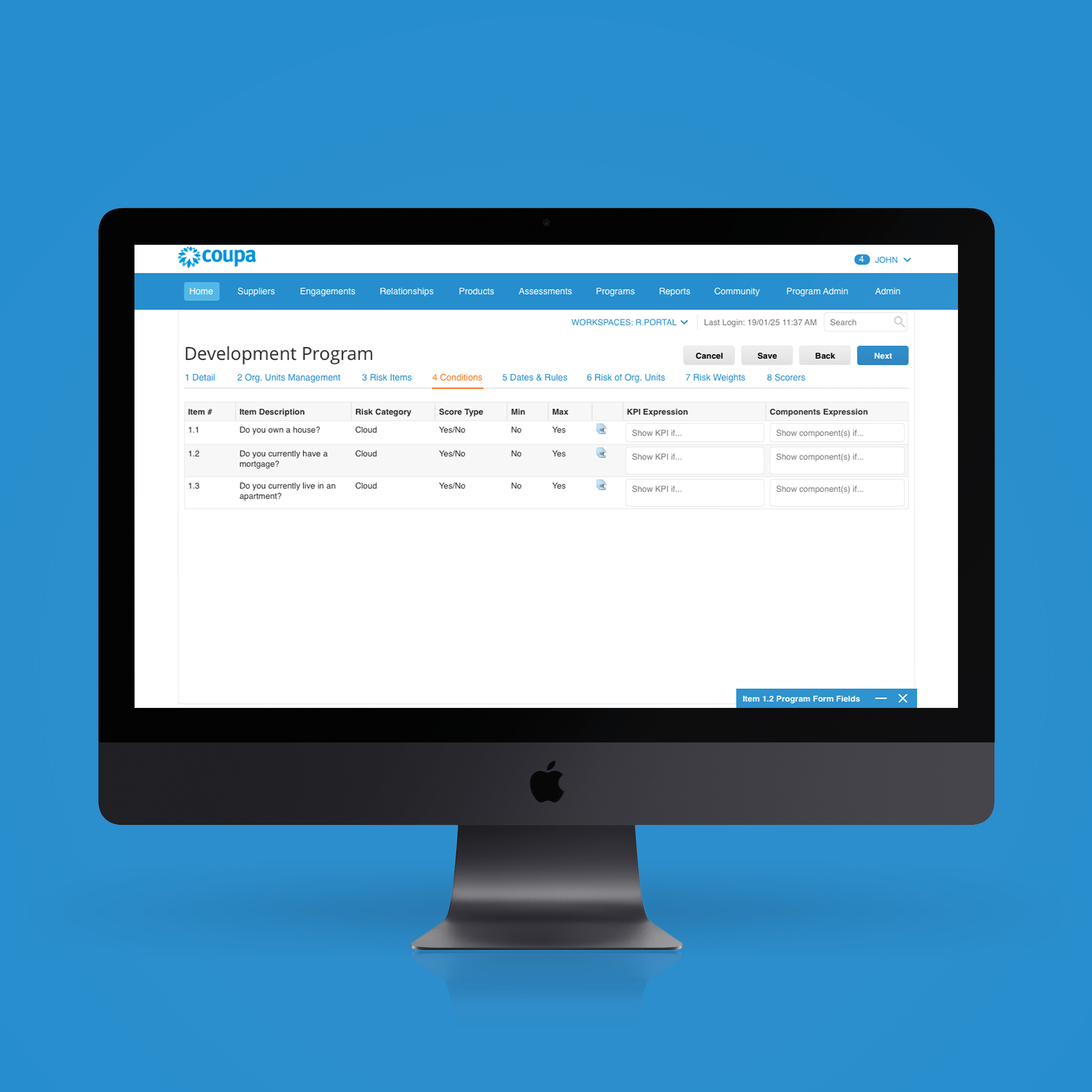
Coupa Software | Risk Assess 🗝Web platform design, Rebranding
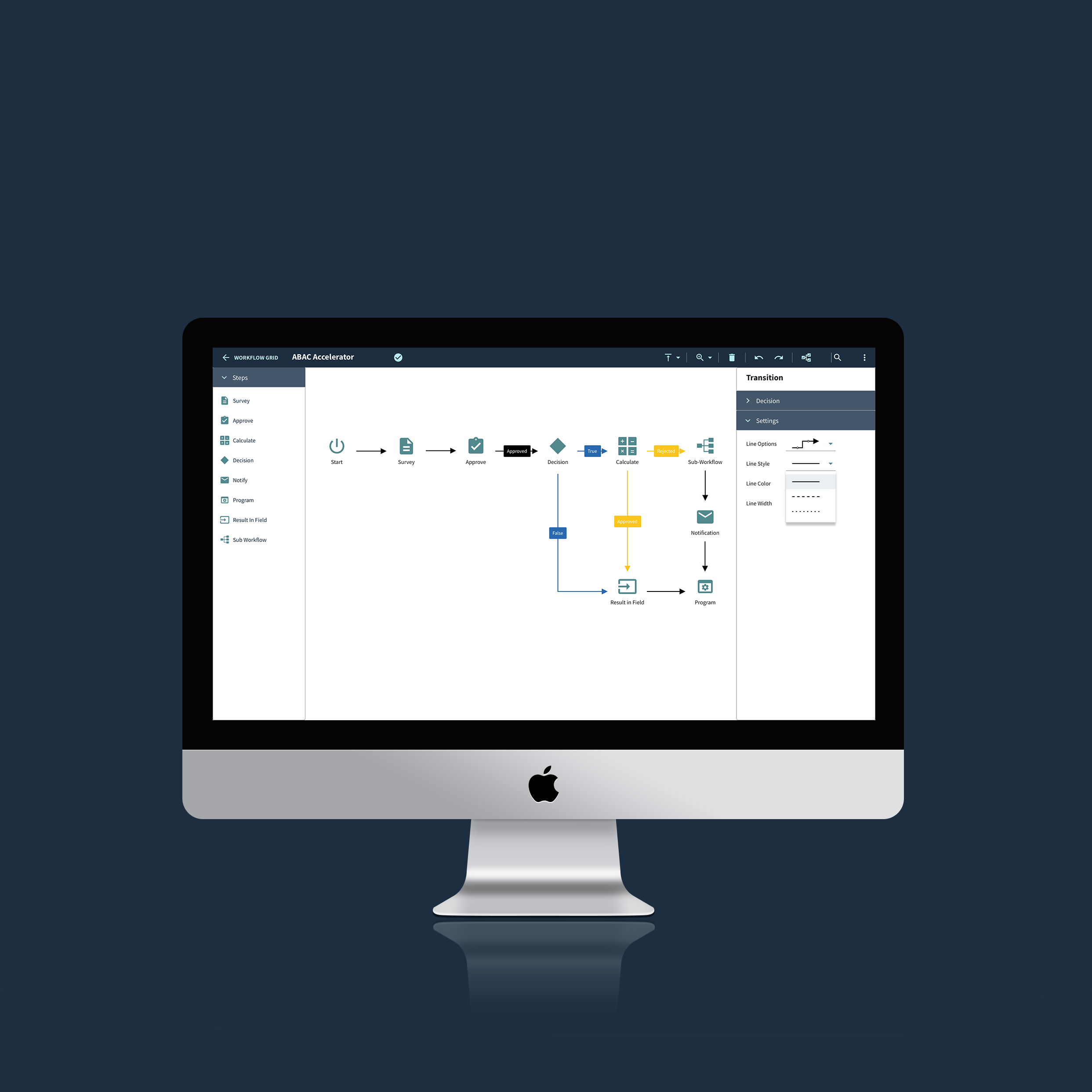
Opus | Survey and workflow 🗝Platform redesign
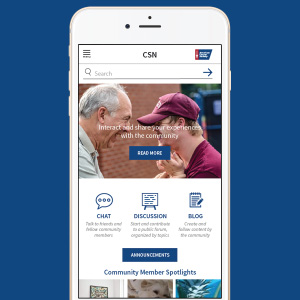
ACS | Cancer Survivors NetworkMobile website design
Designed by Michelle Tai | Last Updated 2020-05-13